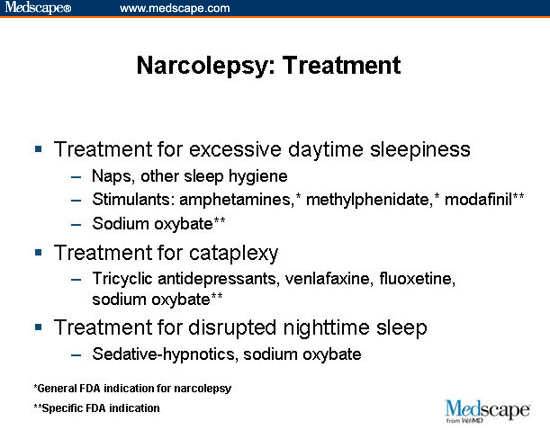

The attacks are typically not life-threatening by themselves although certain situations such as hunting, swimming or off-leash exercise should not be allowed as they may cause harm.Narcolepsy-cataplexy is not a fatal disease and your dog does not suffer. Primary goal is to reduce the severity and frequency of narcoleptic-cataplectic attacks.Treatment of Narcolepsy and Cataplexy in Dogs The event can be reversed or prevented by giving another medication. Sometimes, giving a drug can induce the episodes. Depending on your veterinarian’s experience, these episodes may be induced with the stimulation typically responsible for the attacks such as food or excitement.Electrocardiogram and cardiac ultrasound, especially if syncope or cardiac arrhythmias are suspected.Serum chemistry profile to check for liver, kidney function as well as concentrations of blood electrolytes such as calcium, sodium and potassium.Your veterinarian may recommend the following diagnostic tests to rule out other possible diagnoses: The results of these tests should be normal if narcolepsy/cataplexy is the presumptive diagnosis. Your veterinarian will perform a complete physical and neurological examination.

Diseases that may mimic this condition include heart disease, seizure disorders, myasthenia gravis, low blood sugar (hypoglycemia), low blood calcium (hypocalcemia), low blood potassium (hypokalemia), low levels of oxygen in the blood (hypoxia), an underactive thyroid gland (hypothyroidism) and hypoadrenocorticism (Addison’s disease). Veterinary care consists of appropriate diagnostic and therapeutic recommendations.

Cataplexy is characterized by brief episodes of muscle paralysis with loss of tendon reflexes the dog stays alert and will follow with his eyes. Narcolepsy is excessive daytime sleepiness, lethargy, or brief periods of collapse and unconsciousness that resolve spontaneously. Overview of Canine Narcolepsy and Cataplexy


 0 kommentar(er)
0 kommentar(er)
